World Bright Spot
Project for Public Spaces
Fred Kent prefers a bottom-up approach when designing a public space. The process goes something like this: Residents who live in and use the place are brought together, asked what they want to do there, and everything builds from that foundation. He calls this people-driven approach “placemaking.” “What happens is that people begin to realize that they know something. They know a lot, actually. A lot more than they thought,” he says. “And when they’re with four or five other people, they bounce ideas off of each other and they realize that collectively they can come up with something better than any one person can.”
One main principle is dubbed the “Power of 10+.” It says that cities of all sizes should have 10 destinations where people want to be—say, a square, a park, a museum. And within each of those destinations, there should be at least 10 places within it—a seating area, a café, public art. Within each of these places there should be 10 things for people to do. The place becomes “great” because it is built around four features: sociability (seeing friends, interacting with strangers), accessibility (easy to get to), activities (something to do for all ages), and comfort (safety, cleanliness, the ability to sit). Over the last five decades, placemaking has transformed spaces like Times Square in New York City and Campus Martius Park in Detroit into gathering spots where people linger, socialize, and play. “They walk more. They smile more. They share more,” says Kent.
“Everyone has the right to live in a great place. More importantly, everyone has the right to contribute to making the place where they already live great.”
—Fred Kent, Founder Project for Public Spaces
Community-Centered Projects
At the University of Hawai‘i at Manoa, faculty and students in the Department of Urban and Regional Planning (DURP) take on community-centered projects as part of its planning practicum—though the process isn’t necessarily called placemaking. “We provide a service to clients, who sometimes may not be able to afford a consultant,” says Priyam Das, chair of DURP. For example, in 2012 students collaborated with residents of the Kailapa Hawaiian Homestead on Hawai‘i Island to develop conceptual plans for a community resource center on 12 acres. “We were hosted by two families for four days, which brought unique insights into what the community was visioning for their place; we held talk stories and a charrette,” says Das. Their participatory approach sprouted ideas including container-based agriculture for growing food, education centers to support job training, and open spaces for keiki and kupuna.




